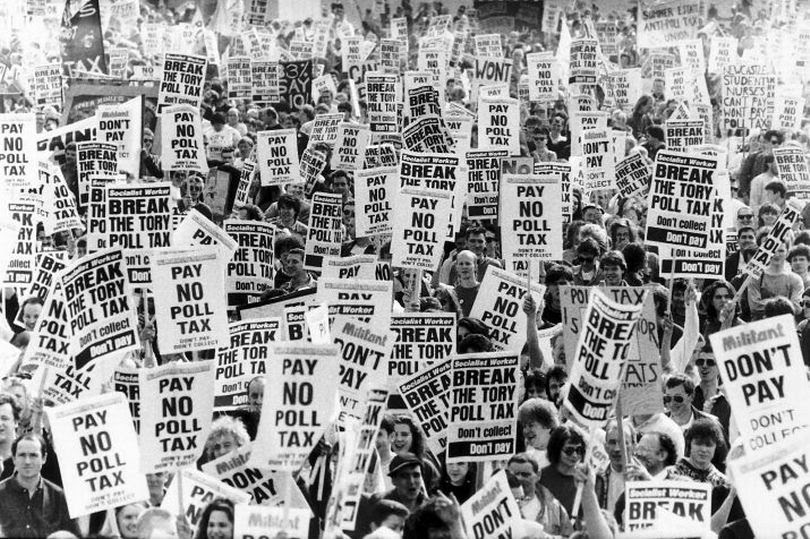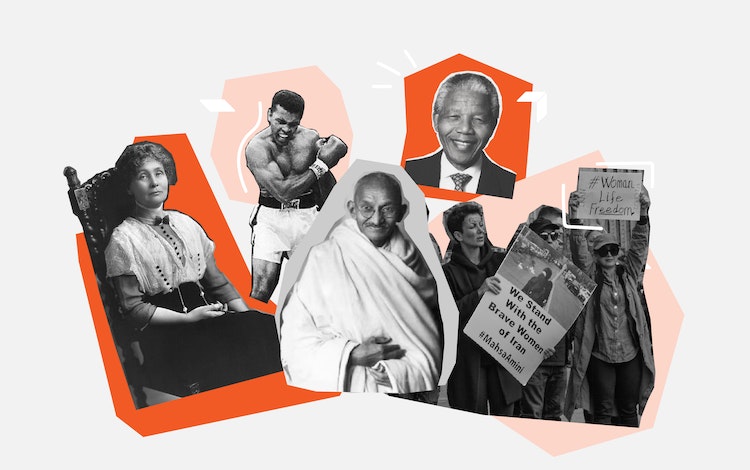
The Power of Protests and Civil Disobedience in Political Change
The impact of protests and civil disobedience cannot be overstated in socio-political transformation. These acts of collective defiance have, time and again, proven to be potent catalysts for change. This article delves into the intricacies of how protests and civil disobedience wield their influence, shaping the course of history and charting new directions for societies across the globe.
The Dynamics of Protest Movements
Protest movements are dynamic, often multifaceted phenomena that unite diverse groups by a common cause. They have the potential to drive significant shifts in political landscapes. The key elements that make protests a formidable force for change are as follows:
- Mass Mobilization
One of the most compelling aspects of protests is their ability to mobilize large population segments. When people from various walks of life come together to voice their concerns, it sends a powerful message to those in positions of authority. The sheer number of participants can be a source of strength that demands attention.
- Amplified Voices
In the social media and digital communication age, protests have found a new dimension. They are no longer confined to the streets alone but resonate across the virtual realm. The amplification of voices through hashtags, viral videos, and real-time updates ensures that the message reaches a global audience, fostering solidarity and garnering support.
- Challenging the Status Quo
Protests, by their nature, challenge the status quo. They disrupt the usual functioning of society and demand change. The disruptive power of protests can compel governments and institutions to reconsider their policies and actions, especially when faced with sustained pressure from a determined populace.
Historical Instances of Impactful Protests
To understand the profound influence of protests and civil disobedience, let’s explore some historical instances where these methods have led to tangible change:
- The Civil Rights Movement
The Civil Rights Movement in the United States during the 1950s and 1960s is a testament to nonviolent protest’s power. Led by iconic figures like Martin Luther King Jr., Rosa Parks, and countless others, this movement fought against racial segregation and discrimination. Through peaceful protests, boycotts, and civil disobedience, they succeeded in dismantling systemic racism and securing landmark legislation such as the Civil Rights Act of 1964.
- The Arab Spring
The Arab Spring began in late 2010 and was a series of uprisings and protests across the Middle East and North Africa. These movements, driven by grievances ranging from political oppression to economic inequality, toppled autocratic regimes in Tunisia, Egypt, and Libya, among others. The collective voice of the people, amplified by social media, played a pivotal role in these historic transformations.

- The Hong Kong Protests
2019 the world watched as millions of Hong Kong residents took to the streets to oppose a controversial extradition bill that threatened their autonomy and freedoms. These protests, marked by their resilience and creativity, sent a resounding message to the local government and the international community. While the outcome remains uncertain, the protests have become emblematic of the fight for democracy and self-determination.
The Role of Civil Disobedience
Civil disobedience is a subset of protest movements characterized by deliberately violating laws and regulations to pursue justice and social change. It is a tactic that challenges the very fabric of a society’s legal framework. Some noteworthy aspects of civil disobedience include:
- Moral High Ground
Civil disobedience often hinges on the moral high ground. Those who engage in such actions do so with a clear moral stance, framing their actions as necessary for the greater good. This moral clarity can sway public opinion and garner sympathy for the cause.
- Legal and Social Consequences
By willingly accepting the legal consequences of their actions, individuals practicing civil disobedience underscore the seriousness of their convictions. This willingness to face penalties can draw attention to the unjust laws they seek to change.
The Future of Protest Movements
As we look to the future, the role of protests and civil disobedience in effecting change remains pivotal. With the world becoming increasingly interconnected, the potential for global movements advocating for justice, equality, and human rights is greater than ever before. Social media and digital communication tools will continue to play a significant role in amplifying these movements.
In conclusion, protests and civil disobedience are potent instruments of change that have shaped history. From the Civil Rights Movement to the Arab Spring and beyond, they have demonstrated their capacity to challenge the status quo, amplify voices, and bring about meaningful transformation. As long as there are injustices to be confronted and voices to be heard, the power of protests and civil disobedience will remain a force to be reckoned with.
